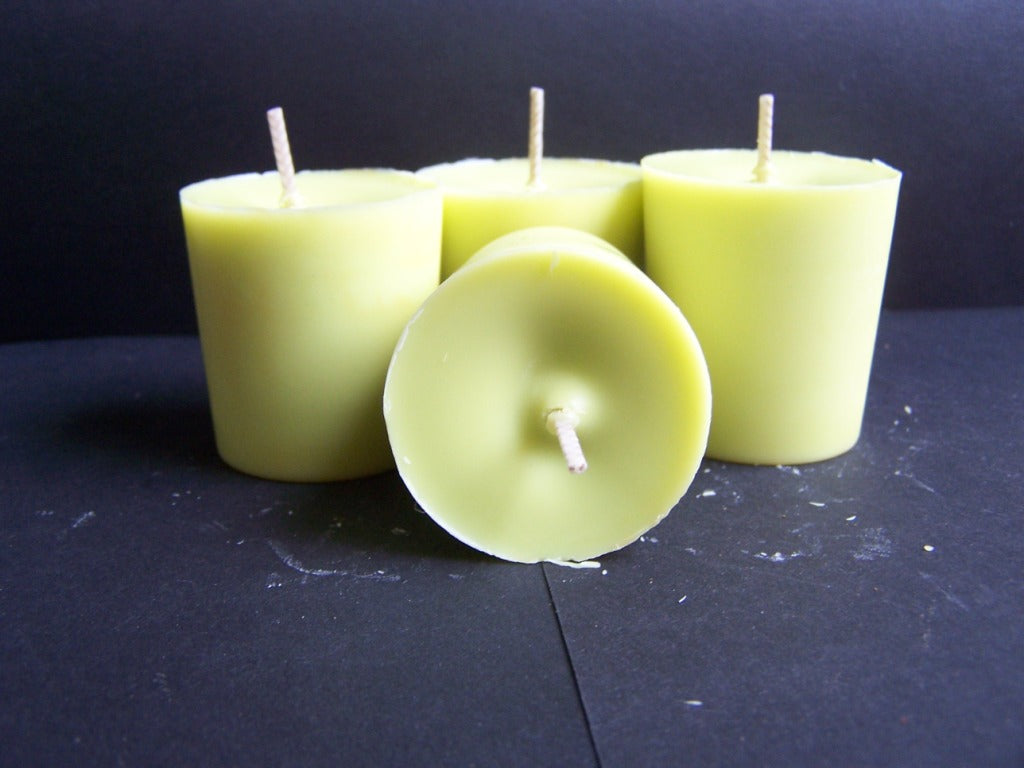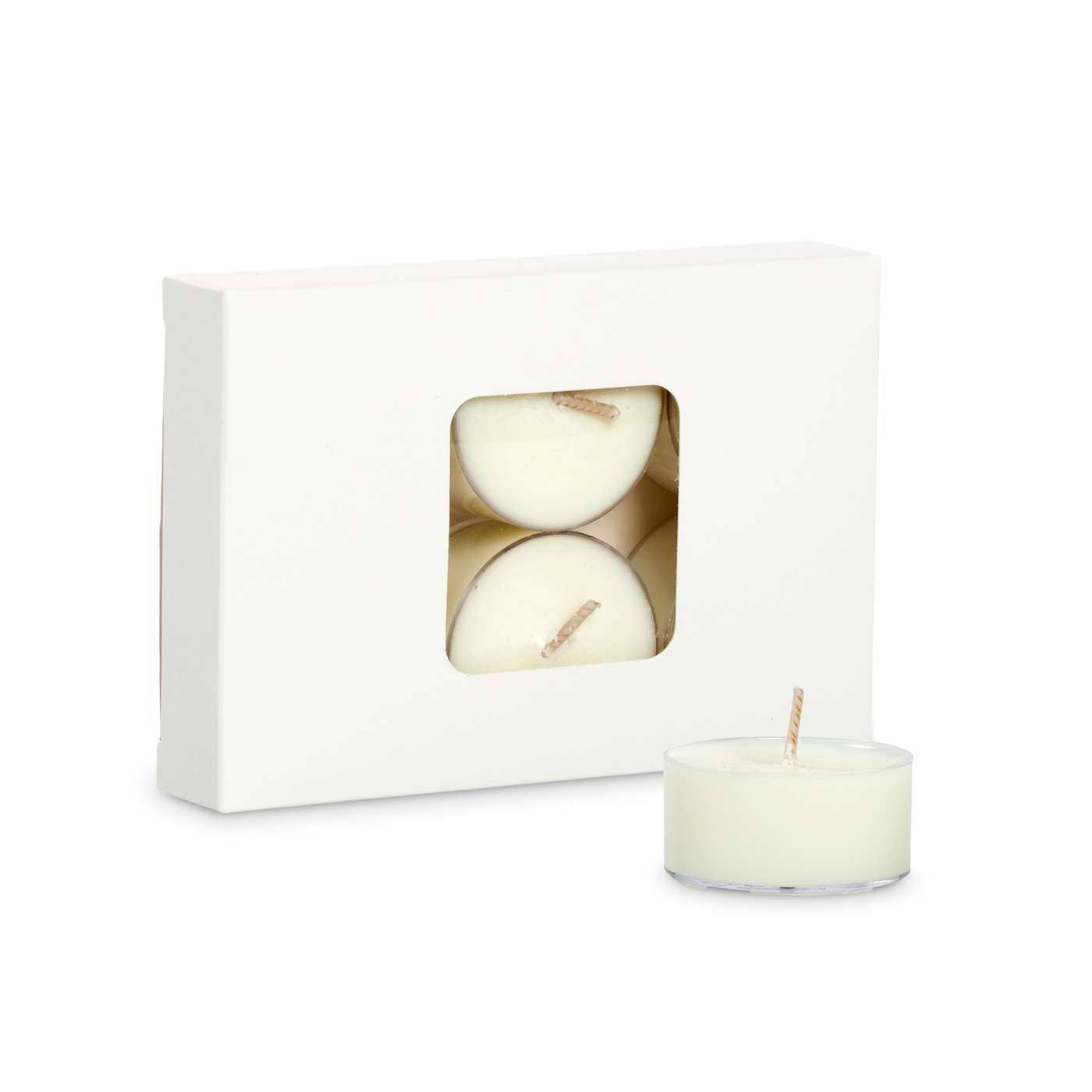Find out the Magic of Crystal Soy Candles and Home Fragrance
Wiki Article
From Wick to Wax: Recognizing the Chemistry Behind Soy Wax Candles and Their Ecological Effect
As we brighten our spaces with the cozy glow of candles, there exists a realm of elaborate chemistry behind the seemingly easy act of lighting a soy wax candle light. The option in between soy and paraffin wax prolongs beyond mere looks, delving into the realm of environmental influence and the extremely make-up of the materials. Comprehending the molecular framework of soy wax and its combustion procedure sheds light on the emissions launched right into our surroundings. Join us as we untangle the clinical complexities behind soy wax candle lights and discover their implications on our setting.Soy Wax Vs. Paraffin Wax
When comparing soy wax and paraffin wax for candle production, it is necessary to understand the distinctive attributes and benefits of each material. Soy wax is a natural, renewable energy stemmed from soybean oil, making it naturally degradable and eco-friendly - home fragrance. On the other hand, paraffin wax is a byproduct of oil refining, which elevates problems about its environmental influence and sustainabilitySoy wax candle lights shed cleaner and discharge much less residue contrasted to paraffin wax candle lights, making them a healthier choice for indoor air high quality. Additionally, soy wax has a reduced melting point, enabling for a longer-lasting candle that disperses fragrance better. Paraffin wax, on the various other hand, has a tendency to shed faster and less easily, possibly releasing damaging chemicals right into the air.
From a sustainability point of view, soy wax is preferred for its biodegradability and renewable sourcing, straightening with the expanding consumer preference for eco aware products. While paraffin wax has been a traditional option in candle making as a result of its affordability and simplicity of use, the shift towards green choices like soy wax is gaining momentum in the sector.
Chemical Composition of Soy Wax

Combustion Process in Soy Candles
The chemical composition of soy wax directly affects the burning procedure in soy candles, impacting aspects such as burn time, aroma release, and environmental effect. When a soy candle is lit, the warm from the fire melts the wax near the wick.
The combustion performance of soy candle lights is influenced by the purity of the soy wax and the top quality of the wick. A clean-burning soy candle with a properly sized wick will create a steady fire and reduce residue formation. This not just expands the shed time of the candle however additionally boosts the release of fragrances. In addition, soy wax candle lights have a reduced ecological influence contrasted to paraffin candle lights as a result of their eco-friendly and biodegradable nature.

Ecological Advantages of Soy Wax

Thought about a sustainable alternative to typical paraffin wax, soy wax provides remarkable environmental benefits that make it a prominent selection among eco-conscious customers. One significant advantage of soy wax is its sustainable sourcing. Soy wax is derived from soybean oil, which is mostly cultivated in the United States. The cultivation of soybeans helps support neighborhood farmers and minimizes the dependence on non-renewable nonrenewable fuel sources made use of in paraffin wax production. Additionally, soy wax is eco-friendly, meaning it breaks down normally without launching damaging toxic substances right into the environment. This particular makes soy wax candles an extra eco-friendly alternative compared to paraffin wax candles, which are made from petroleum, a non-renewable source. Soy wax burns cleaner and produces less soot than paraffin wax, contributing to better interior air top quality and reducing the need for cleansing and maintenance. In general, the ecological benefits of soy wax line up with the growing need for green and lasting items in the marketplace.
Recycling and Disposal Considerations
Recycling and appropriate disposal of soy wax candles play a critical role in preserving ecological sustainability and reducing waste in houses and neighborhoods. The very first action is to make sure that the candle light has actually melted completely when it comes to recycling soy wax candle lights. This can be attained by enabling the candle to shed until the wick is no more useful, and after that letting the remaining wax cool and strengthen. When the wax has solidified, it can be thoroughly gotten rid of from the container.
In regards to disposal, if recycling is not an option, soy wax candles are biodegradable and can be securely disposed of in many home waste systems. However, it is always advised to consult neighborhood reusing facilities or waste administration solutions for specific standards on candle disposal to guarantee appropriate handling and environmental protection.
Verdict
In final thought, the chemistry behind soy wax candle lights discloses their environmental benefits over paraffin wax candles. Soy wax, obtained from soybean oil, burns cleaner and produces less residue when compared to paraffin wax.When comparing soy wax and paraffin wax for candle light making, it is important to recognize the unique attributes and benefits of each material (candles).Soy wax candles burn cleaner and produce less residue compared to paraffin wax candle lights, making them a much healthier selection for interior air high quality.Considered a sustainable alternative to typical paraffin wax, soy wax supplies significant environmental advantages that make it a preferred selection among eco-conscious customers. Soy wax burns cleaner and generates much less soot than paraffin wax, contributing to far better interior air high quality and reducing home fragrance the need for cleaning and upkeep.In final thought, the chemistry behind soy wax candles reveals their environmental benefits over paraffin wax candle lights
Report this wiki page